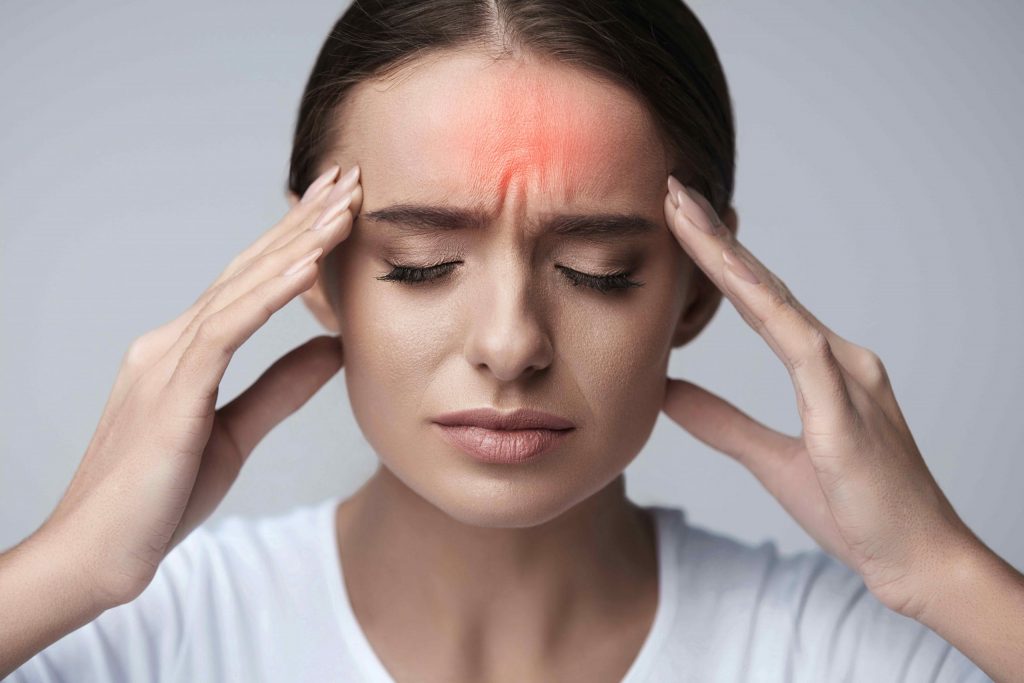
Difference Between Migraine and Headache
Most people know the buzzing in their temples. Just another headache? Slow down. Learn the differences between headaches and migraines before labeling your suffering. Learning their main differences may provide long-awaited relief. A dizziness brighton beach doctor can help.
Common Headaches: Types and Causes
The location and type of your headache can assist in discovering its source.
Some popular varieties are:
- Tension headaches affect both sides of the head, starting at the back and moving forward. The most prevalent headache type. Stress, hunger, and eyestrain all induce chronic tension headaches.
- Sinus headaches may occur when you’re unwell or congested. They’re caused by sinus swelling and pain behind the cheeks, nose, and eyes. Mornings and bending forwards are when the discomfort is worst.
- Cluster headaches: These excruciating headaches occur in “clusters” at the same time or several times a day for months. They originate from serotonin and histamine-induced cerebral blood artery dilatation. Physical activity, bright lighting, and altitude can trigger them.
Why do migraines happen?
Most people think of migraines as terrible headaches. However, migraines only cause headaches, which can vary in severity and duration.
Effects of brain activity on brain and tissue blood cause a variety of symptoms. In addition to severe head pain, migraine sufferers may have these symptoms:
- Nausea
- Increased light, sound, and scent sensitivities
- Dizziness
- Fatigue extreme
Migraines have four phases, but not everyone experiences them. Phases include:
- This stage, often known as the pre-headache phase, is painless and occurs hours or days before the migraine. Mood fluctuations, food cravings, and neck stiffness.
- Before or during a migraine, auras cause sensory abnormalities. Not all migraineurs get auras, which can impact vision, touch, and speech. Auras cause blurred vision, expanding blind patches, arm numbness, and slurred speech.
- This is when the headaches normally start, which can be light or severe. The pain may worsen with exercise, light, sound, and smell. A migraine can occur without a headache in some people.
- The prodromal phase is when the discomfort subsides. This phase may cause fatigue, confusion, or illness.
Migraines Cause
While headaches have clear causes, migraines have common triggers but no culprit. Certain triggers may cause migraines.
Individual triggers include:
- Gender and hormones: Women get migraines three times more than males. Brockman thinks hormones and menstrual cycles cause migraines in women.
- Allergic rhinitis: Allergies induce inflammation and irritation. Some migraine sufferers are triggered by allergies due to blood vessel irritation.
- Genetics and family history: Migraines are more frequent in people with their families. Scientists detected a genetic mutation in the most frequent migraine kind.
- Changing weather, stress, food, scents, and lack of sleep are environmental triggers.
